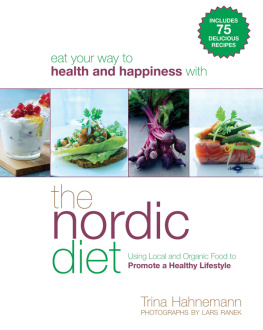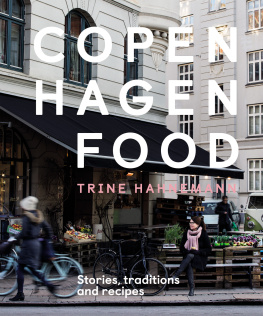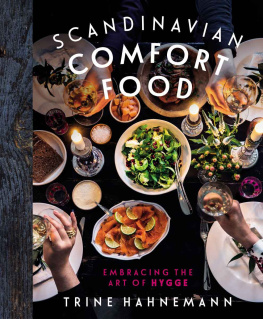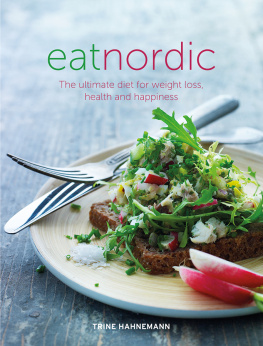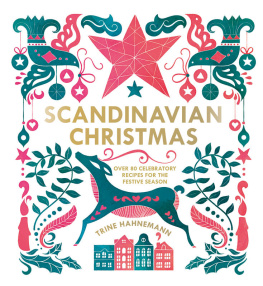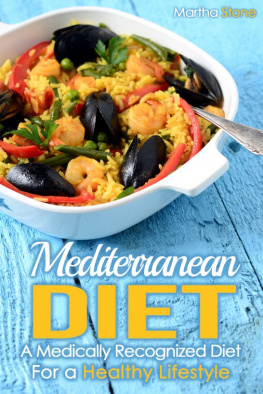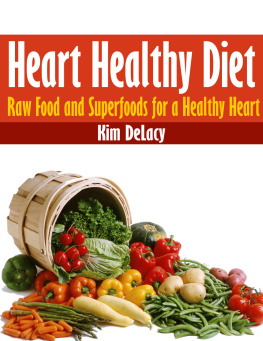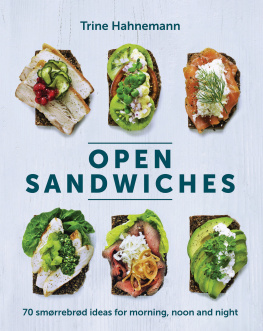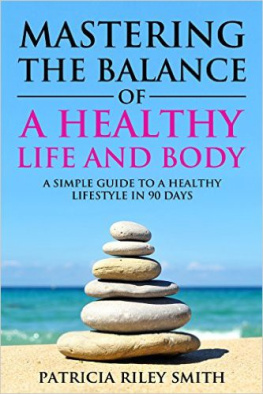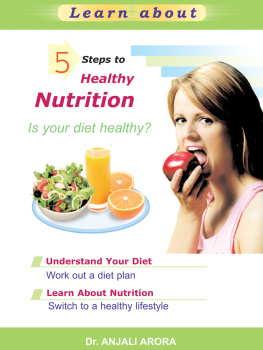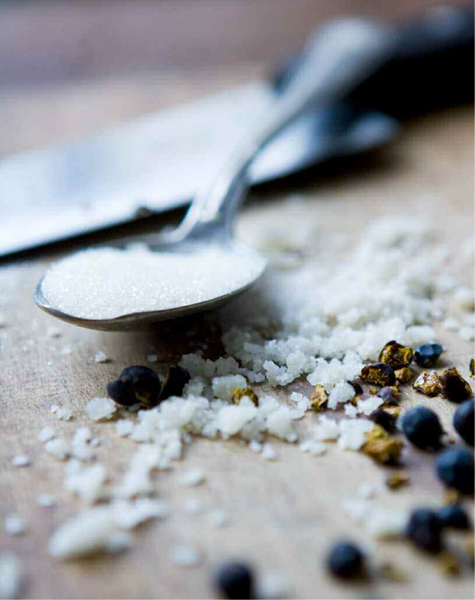To my mother Hanne Rodam with thanks for all your support and inspiration to do this book.
Foreword
After many years of advice concerning healthy food and eating being given on the basis of the Mediterranean diet, I am extremely pleased to introduce the Nordic diet as a meaningful alternative. It is a really healthy and sensible option for all of us who happen to live in the northern parts of this planet, and it can serve as an example for everybody everywhere interested in healthy food and living. Literally, it is like reaching out into your own backyardall the produce is there to cook tasty, healthy Nordic food, beautiful dishes with kale, mackerel, cod, salmon, barley, spelt, oats, potatoes, horseradish, dill, and stinging nettles.
Ever since my childhood I have eaten good local produce introduced to me by my grandmother and parents. Then for some years I was led away from it by all kinds of foreign cuisines that seemed healthier choices with more flavors. For the last seven or eight years, though, I have gone back to my roots and cooked new and exciting recipes combined with elements from the cuisines of the world. I have found a very healthy way of living, by means of which I feel fit and can maintain my weight by eating good home-cooked food, which is seasonal, and where I really pay attention to what I buy, cook, and eat.
I cannot make myself eat strawberries out of season, because there is no joy in that. I'd much rather have them for three to five weeks a year and then really enjoy them, and when the season is over I will move on to the next seasonal thing. In many ways, I really believe your body needs that balanced diet, which good seasonal produce naturally provides.
The Nordic diet is also about cooking and eating habits: getting into the kitchen and cooking from fresh ingredients. Start baking your own bread! The most important thing about your diet, the way you eat, is that you should gain control over what you eat. You gain that by going into the kitchen and starting to cook. I cook three or four times a week and my husband will cook on the other days. We eat a lot of seasonal dishes and when we feel like a light meal we cook some pasta with seasonal vegetables, often using spelt or rye pasta, so it is about going back to your roots in a modern, healthy way.
Every evening we will be in the kitchen, which in my house is also an office, living room, and the place where I create all my recipes. We will be talking, our daughter doing her homework, her friends hanging out, our son coming by, neighbors dropping in, our lives being lived. And lives should be lived in the kitchen: cooking, baking, talking, eating, tasting, and being there together.
Take the time to get acquainted with the seasons and with what grows around you. Locate the markets nearby. What veg box schemes can you join? What could you grow yourself? And eat things that grow naturally around you. It does not have to be complicated. It is all about eating according to the season, cooking at home, appreciating what you eat, and taking time to enjoy life.
Velbekomme,
Trina Hahnemann
What Is the Nordic Diet?
The countries of the northern hemisphere have their own very healthy food culture, ingredients, and traditions which have, for too long, been eclipsed by the perceived benefits of the cuisines of other nations deemed to be intrinsically better for us. Rediscovering our Northern heritage also helps us address several issues around food other than health.
The fundamentals of the Nordic diet
Balanced meals with an emphasis on whole grains and seasonal vegetables
Home-cooking with fresh ingredients, including home-baked bread
Eating less
Eating fish at least twice a week
Eating vegetarian meals twice a week
Eating game, chicken, or meat only three times a week at most
Taking time to eat with friends and family on a daily basis
The Nordic diet builds on tradition, but is also very much a modern, everyday cuisine incorporating influences from other cultures. It is based on the produce available in the northern hemisphere, where many grain and vegetable crops grow naturally or have ideal conditions for cultivation, where animals live wild or are farmed, and where fish that favor cold waters are caught or farmed.
Scientific evidence supports the claim that a balanced diet based on a wide base of ingredients with a variety of minerals, vitamins, beneficial fatty acids, and natural disease-fighting compounds will help you live a healthier and happier life. Of course, that alone is not enough. We also need to eat lessparticularly of unhealthy foods like sugars and those full of saturated fatsand we need to get more exercise. Balance is at the core of a healthy and happy life.
The Nordic diet offers such a balance, with its focus on lots of different whole grains, root and green vegetables, locally caught fish and game, grass-fed lamb, and free-range poultry. It comes allied with a growing organic, ecoconscious movement and a focus on seasonality, so that during the year we dine more or less according to what nature has to offer.
The Nordic countries also offer a way of life that can positively add to the debate on the right balance between work, leisure, family time, and time spent cooking and eating. In Denmark, for instance, taxation makes cars so expensive that everyone cycles, to the great benefit of their fitness, their economy, and the air quality of Danish cities. In the Nordic countries we still cook a good deal and bake our own bread. Also, the evening meal is still a daily family event and that is an important part of being happy and healthy.
It is a myth that everything was better in the good old days. The food industry was not as developed as it is now and, faced with various socioeconomic problems, was not capable of feeding the population. Generally, there was not enough food, the diet was limited, vegetables and fruit were rare, and meat too expensive for average households. So when we consider all the problems today caused by the food industry, manifested in unrecognizable food that is full of additives, sugar, and salt, it becomes apparent that these are to some extent the result of circumstances in which it was necessary to produce food as efficiently and plentifully as possible.
These developments were also linked to the fact that many more women had entered the workforce, and generally nobody else volunteered to take over the cooking. This created a huge gap for the food industry to fill and our food culture suffered immensely.
This is, of course, a very short and generalized description of a highly complex problem, because there are a lot of important issues at stake here. However, I believe that, with the knowledge that we have today about health and obesity, we have to move forward and stop romanticizing the past. We have to decide on the food culture we want in the future and how we are going to lure people back into their kitchens: not to use their microwave oven to heat mass-produced convenience food but actually to cook food themselves from fresh ingredients; not buying bread made from grains that have been so refined that they have no taste or structure left, but making their own from nutritious and filling whole grains.

